Traduction générée automatiquement
Montrer le texte original
Montrer le texte traduit
By the Trappist is a Watercolor Drawing realized by Mino Maccari (1924-1989) in 1960s. Hand signed on the lower margin. Good condition on a yellowed paper. Mino Maccari (Siena, 1924-Rome, June 16, 1989) was an Italian writer, painter, engraver and journalist, winner of the Feltrinelli Prize for Painting in 1963 and first winner of the Forte dei Marmi Satira Prize in 1973.After completing his secondary education, he enrolls in university. An interventionist like many young people of his time, he took part in the Great War at the age of nineteen as a field artillery officer. At the end of the conflict he resumed his university studies in Siena and in 1920 he graduated in law. In 1924 he was called by Angiolo Bencini to take care of the printing of the magazine Il Selvaggio, openly uncompromising fascist, revolutionary and anti-bourgeois, where his first engravings were published. After a few years of coexistence between work at the newspaper and the law firm, at the beginning of 1926 he left the legal profession to take over the direction of Il Selvaggio which he would hold until 1942. In 1928 he was the author of the small book published by Vallecchi (Florence), Il Trastullo di Strapaese (little songs and engraved woodwinds) which collected fascist songs (the same book was seized several times from Antonio Gramsci during his detention). with the transfer of the editorial staff of the Selvaggio in 1925 from Colle di Val d'Elsa to Florence, Maccari collaborated with Ardengo Soffici, Ottone Rosai and Achille Lega. In the meantime, between 1927 and 1930, he made himself known to the general public as a painter by participating in various national exhibitions. Also in 1930 Maccari works in Turin at La Stampa as editor-in-chief and has the writer Curzio Malaparte as director. His presence in the cultural and editorial world of the fascist regime is very intense, he writes and collaborates with various magazines: Quadrivio, L'Italia Letteraria, L'Italiano and Omnibus by Leo Longanesi; then, during the war, in il Primato di Bottai and, subsequently again, in Il Mondo di Pannunzio (from the first number, in 1949), up to Documento by Federigo Valli. His graphic production is also vast, ranging from the Album of Vallecchi (1925), Il trastullo di Strapaese (1928) to Linoleum (1931). Maccari illustrated in 1934 La vecchia del Bal Bullier by Antonio Baldini and in 1942 he published the Album folder, followed by Come quando fuori Piove and Il superfluo illustrata.For his pictorial work full of evident chromatic accentuations and fast brushstrokes, the violent drawing combined with the lively stroke of the graphic sign of his engravings, he is recognized by critics as a complete artist. In 1962 he was also entrusted with the presidency of the Accademia di San Luca in Rome and managed to obtain a personal exhibition at Gallery 63 in New York. His production of drawings, watercolors, temperas, etc. is endless, sometimes in collaboration with prestigious publishing houses; it is worth mentioning, just as an excellent example, the 32 b/w and color drawings with which he illustrated Il gusto di vivere, a volume that collects writings by Giancarlo Fusco, edited by Natalia Aspesi and published by Laterza in 1985. Maccari, Sienese and great contradaiolo della Torre, painted the Palio of 16 August 1970 won by Selva. In 1973 he was awarded the Political Satire Award of Forte dei Marmi, an award born in that year. He died without great fanfare, in silence, at the age of ninety, in Rome on June 16, 1989.
By the Trappist est une aquarelle réalisée par Mino Maccari (1924-1989) dans les années 1960. Signé à la main dans la marge inférieure. Bon état sur un papier jauni. Mino Maccari (Sienne, 1924-Rome, 16 juin 1989) est un écrivain, peintre, graveur et journaliste italien, lauréat du prix Feltrinelli de peinture en 1963 et premier lauréat du prix Satira de Forte dei Marmi en 1973. Interventionniste comme beaucoup de jeunes de son époque, il participe à la Grande Guerre à l'âge de dix-neuf ans en tant qu'officier d'artillerie de campagne. À la fin du conflit, il reprend ses études universitaires à Sienne et obtient en 1920 une licence en droit. En 1924, Angiolo Bencini l'appelle pour s'occuper de l'impression de la revue Il Selvaggio, ouvertement fasciste, révolutionnaire et anti-bourgeoise, où sont publiées ses premières gravures. Après quelques années de coexistence entre le journal et le cabinet d'avocats, il quitte la profession d'avocat au début de l'année 1926 pour reprendre la direction de Il Selvaggio, qu'il conservera jusqu'en 1942. En 1928, il est l'auteur du petit livre publié par Vallecchi (Florence), Il Trastullo di Strapaese (petites chansons et bois gravés), qui rassemble des chansons fascistes (le même livre a été saisi à plusieurs reprises à Antonio Gramsci pendant sa détention). Avec le transfert de la rédaction du Selvaggio en 1925 de Colle di Val d'Elsa à Florence, Maccari collabore avec Ardengo Soffici, Ottone Rosai et Achille Lega. Entre-temps, entre 1927 et 1930, il se fait connaître du grand public en tant que peintre en participant à diverses expositions nationales. Toujours en 1930, Maccari travaille à Turin à La Stampa en tant que rédacteur en chef et a pour directeur l'écrivain Curzio Malaparte. Sa présence dans le monde culturel et éditorial du régime fasciste est très intense, il écrit et collabore avec plusieurs revues : Quadrivio, L'Italia Letteraria, L'Italiano et Omnibus de Leo Longanesi ; puis, pendant la guerre, Primato di Bottai et, par la suite, Il Mondo di Pannunzio (à partir du premier numéro, en 1949), jusqu'à Documento de Federigo Valli. Sa production graphique est également vaste, allant de l'Album de Vallecchi (1925), Il trastullo di Strapaese (1928) à Linoleum (1931). Maccari illustre en 1934 La vecchia del Bal Bullier d'Antonio Baldini et publie en 1942 l'Album folder, suivi de Come quando fuori Piove et Il superfluo illustrata. Pour son œuvre picturale pleine d'accentuations chromatiques évidentes et de coups de pinceau rapides, le dessin violent combiné au trait vif du signe graphique de ses gravures, il est reconnu par la critique comme un artiste complet. En 1962, il se voit également confier la présidence de l'Accademia di San Luca à Rome et parvient à obtenir une exposition personnelle à la Gallery 63 de New York. Sa production de dessins, aquarelles, détrempes, etc. est inépuisable, parfois en collaboration avec de prestigieuses maisons d'édition ; il convient de mentionner, à titre d'exemple, les 32 dessins en noir et blanc et en couleur avec lesquels il a illustré Il gusto di vivere, un volume qui rassemble les écrits de Giancarlo Fusco, édité par Natalia Aspesi et publié par Laterza en 1985. Maccari, siennois et grand contradaiolo della Torre, a peint le Palio du 16 août 1970 remporté par Selva. En 1973, il reçoit le prix de la satire politique de Forte dei Marmi, prix né cette année-là. Il s'éteint sans grand bruit, en silence, à l'âge de 90 ans, à Rome, le 16 juin 1989.


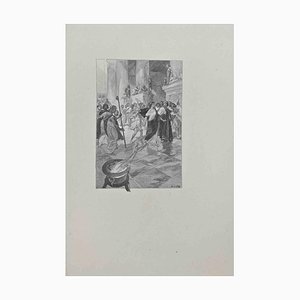
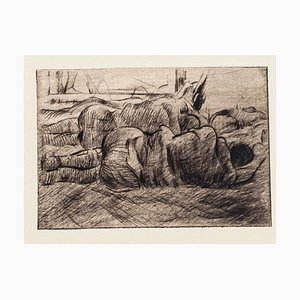
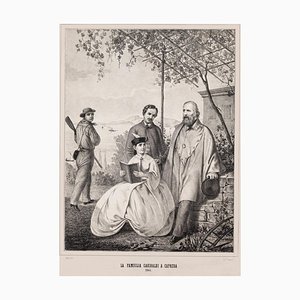

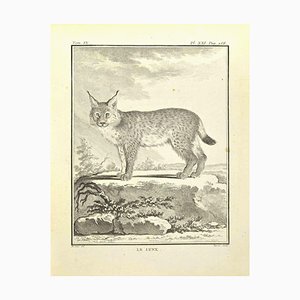
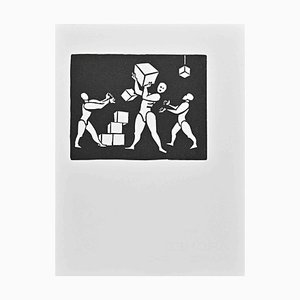
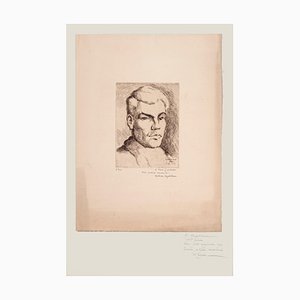
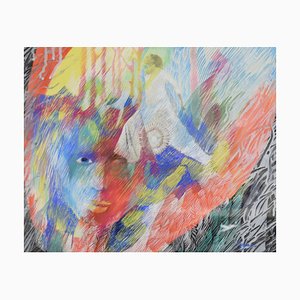
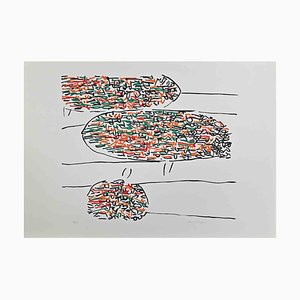
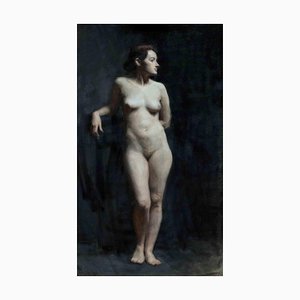
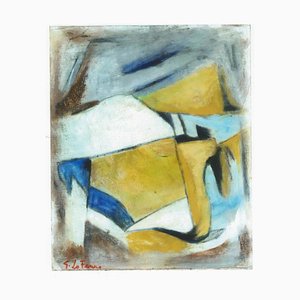

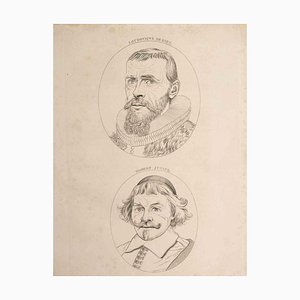
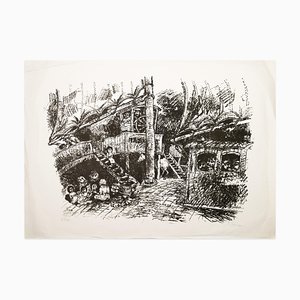
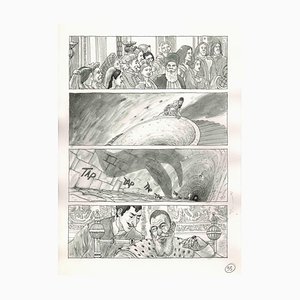
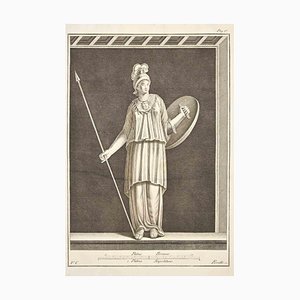
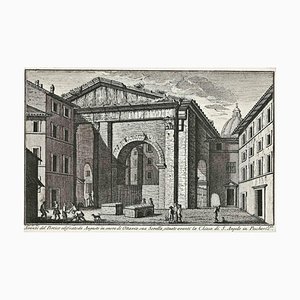

Contactez-nous
Faire une offre
Nous avons remarqué que vous êtes nouveau sur Pamono !
Veuillez accepter les Termes, Conditions et Politique de Confidentialité
Contactez-nous
Faire une offre
Vous y êtes presque!
Pour suivre votre conversation sur la plateforme, merci de compléter votre enregistrement Pour procéder avec votre offre sur la plateforme, veuillez compléter l’enregistrement.Envoyé!
Merci pour votre message, un membre de notre équipe vous contactera rapidemment
Si vous etes un professionnel du design, merci de vous inscrire ici pour pouvoir profiter de bénéfices exclusifs